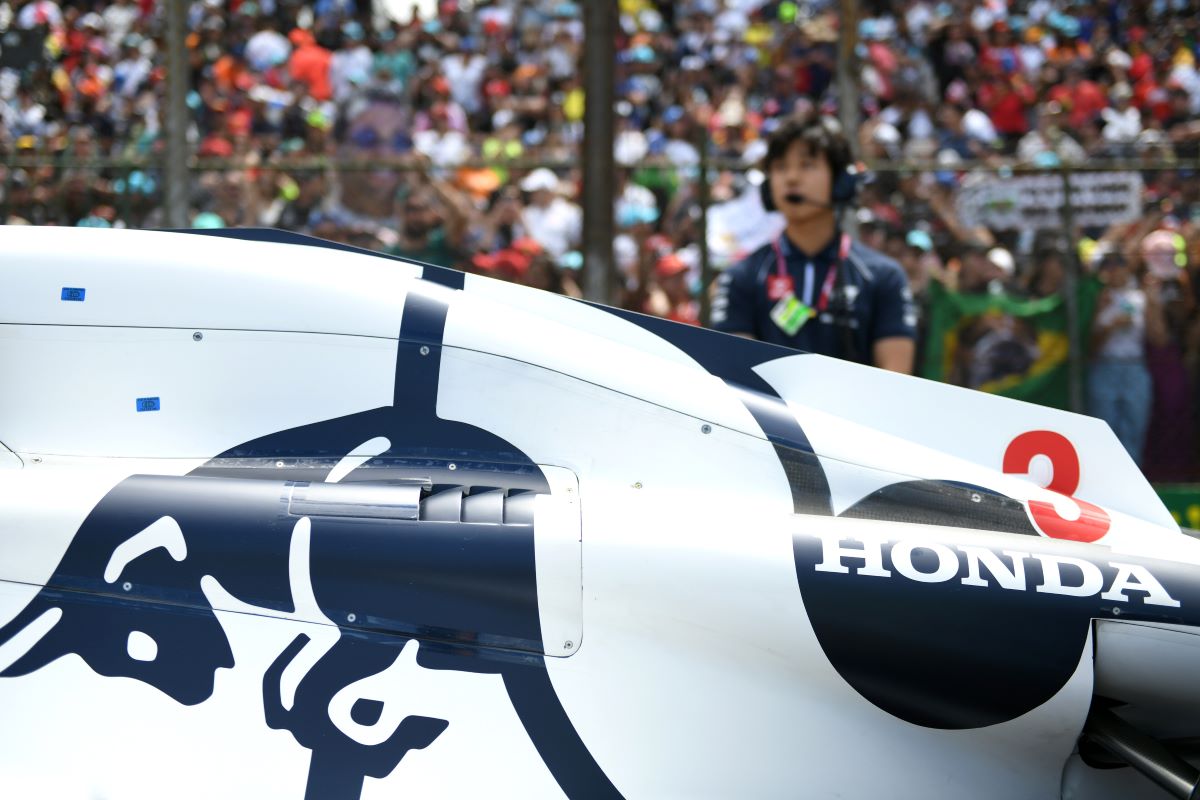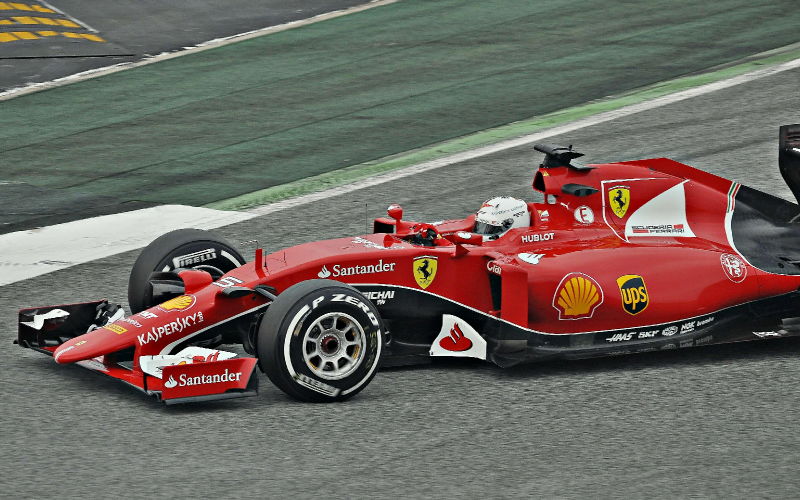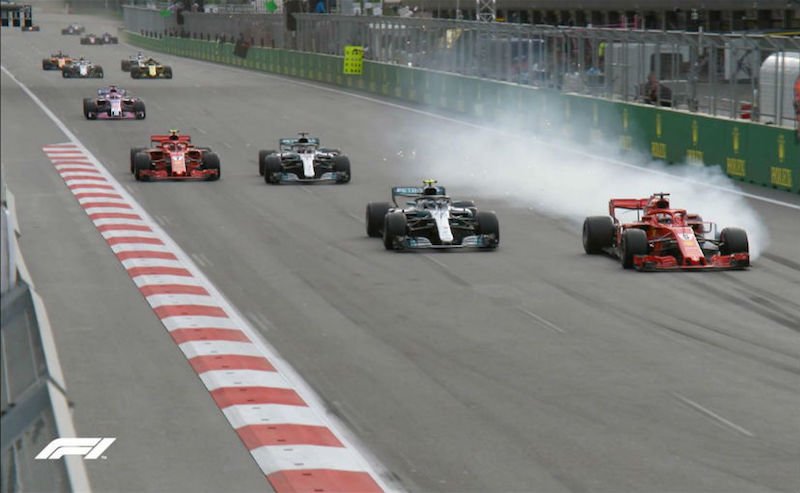2023 United States, Mexico City, and São Paulo Grand Prix
Budding Formula 1 tech-journalist Ashwin Issac pens his ‘F1 Midfield Tales’ from the recently concluded triple header and looks forward to the F1 midfield for Las Vegas. ‘F1 Midfield Tales’ will be a combination of data and analysis that will aim to dissect the uber-competitive F1 midfield race-after-race.
Preface for the F1 midfield in Las Vegas
Last Sunday was the culmination of what was the final triple header of the 2023 Formula 1 championship which began with the United States Grand Prix on the 20th of October.
The triple-header proved pivotal in the championship resulting in a major reshuffle of positions in the standings. Let’s take a look at how the three events unfolded.
The United States Grand Prix – F1 midfield in Las Vegas
The F1 paddock was treated with the usual but always extraordinary American flare. The weather was clear throughout the weekend and thus the Texan sun was beating down assisting the air and track temperatures to be on the higher end.
Even though the layout is now familiar to the teams, the track always has something up its sleeve in the form of bumps on the surface. The geological phenomenon of subsidence had introduced new bumps at different parts of the track and it quickly became a concerning factor for the teams.
It was sprint weekend and the only practice left the teams under-prepared. Haas introduced a new Aston Martin and Red Bull-inspired update to the car. The complete change in concept will be the platform for the 2024 car.
Austin offered up consistent weather throughout the weekend. The mid-range of tyre compounds were allocated for the Grand Prix. There was high track evolution for the qualifying session. The white line on the periphery of turns 9,12 and 19 was widened for track limit issues. On race day both the Haas drivers opted to start their race from the pit lane after breaking parc ferme rules to make setup changes to understand their car.
The Mexico City Grand Prix – F1 midfield in Las Vegas
Amongst the bustling city and thin air, the F1 cars roared in Mexico City. The high altitude always challenges the teams and their engineers and it always will be a challenge for the Formula 1 cars.
The 2200-meter-high track has a lower atmospheric pressure and thus the low-density air reduces the downforce by 20%. This means all the teams add as much downforce as they can, nearing Monaco levels but the speeds achieved will be higher than Monza.
This was a regular weekend where there were three practice sessions for the teams to set up their cars ideally. For the first practice session, 5 teams had one of their seats handed to rookies to complete their obligations mandated by Formula 1.
The weather was consistent throughout except for some late but insignificant showers at the end of the second practice session. The softest range of tyres was offered by Pirelli for the weekend. A late spin by Alonso in Q1 obstructed some drivers from setting their fastest laps. Some drivers were struggling to keep their cars online at full speed in Sector 2. The race was interrupted by a safety car courtesy of a high-impact crash suffered by Magnussen after a rear right suspension failure.
The São Paulo Grand Prix – F1 midfield in Las Vegas
The F1 carnival set their camps in São Paulo, Brazil for the last sprint weekend of the season. The atmospheric race track didn’t disappoint this year in terms of fan engagement. It is always a great experience for the drivers and teams.
The medium downforce track layout always offers great racing. The only practice wasn’t a great problem mostly because of its familiarity but always not smooth because there was a threat of rain for the Qualifying session. The rain stayed away until the last few minutes of Q3.
There was high track evolution for both the qualifying sessions. There was a crash between Alonso and Ocon in the sprint shootout which resulted in Ocon being eliminated early from the session and also restricting a few drivers from setting their best laps at the end of SQ1.
The sprint race was straightforward but it gave an indication of tyre behaviour and wear rates for the race on Sunday. On race day the wind direction had changed by 180°, which was beneficial for a few teams. On lap 1, after the start, there was an incident that retired the cars of Albon and Magnussen.
With the template set, let’s take a look at how the teams fared over the three weekends.
Observations for the F1 midfield in Las Vegas
For the comparisons, data with similar variables are selected for a viable analysis. For instance, the fastest sectors by a team and not individual drivers are considered for the qualifying examination. Lap times are collected for the same tyre compound at comparable race periods
Qualifying
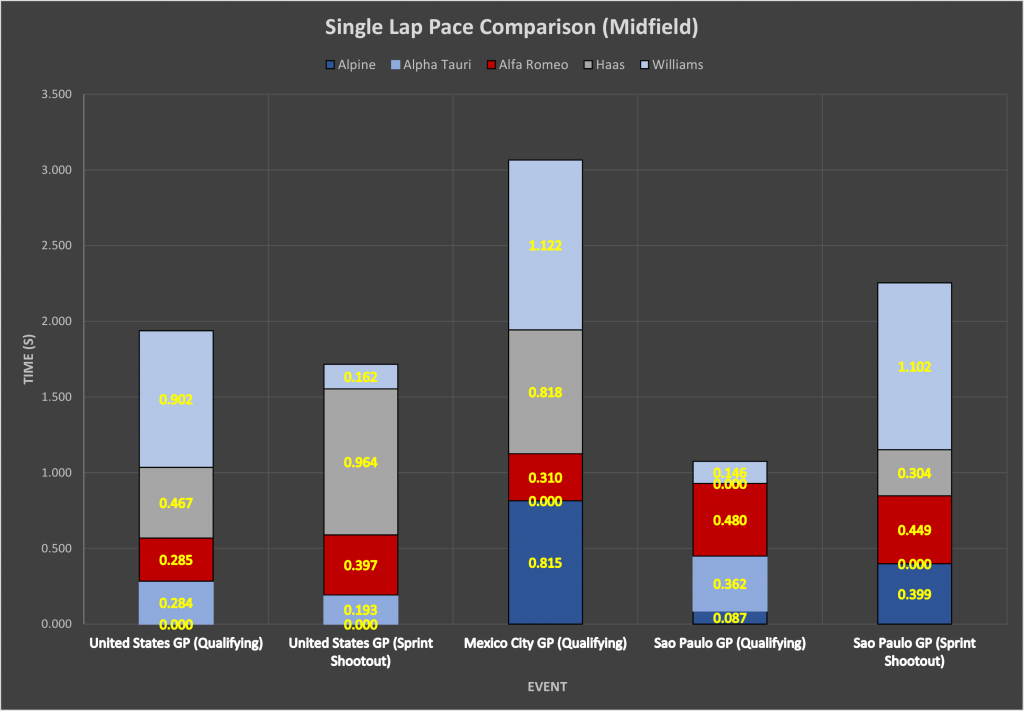
- Alpines were the quickest in Austin. The almost alien conditions in Mexico had them way off the pace of the leading midfield team. It was close in Brazil for qualifying but the medium tyres caught them out for the shootout.
- Alpha Tauri with their upgrades made inroads into the top of the midfield. They were the second-fastest team in Texas. In Mexico, they were a couple of steps above the rest from the midfield with Ricciardo breaking into the top 5. In Brazil, they exchanged positions with Haas.
- Haas were not in terms with their heavily upgraded car in their home race. Their package couldn’t improve their fortunes in Mexico but were right back on pace in Brazil.
- The Alfa Romeos were consistent in being behind the pacesetters. They uniquely maintained a gap of 3 to 4 tenths behind the leaders in qualifying trim throughout the triple header.
- The Williams were the most inconsistent team across the triple header. The two qualifying sessions in Texas told a different story to each other. In Mexico, after head-turning practice sessions, they lost their pace for the qualifying session. In Brazil, they repeated their two tales across the two qualifying sessions.
Race
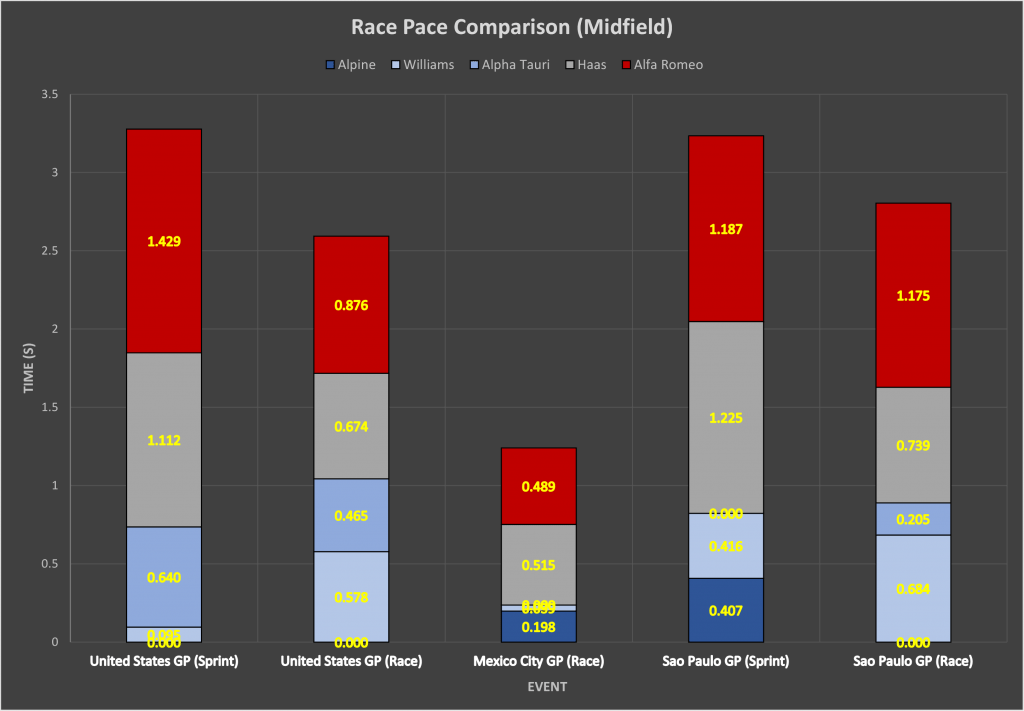
- When it came to long-running, Alpines were imperious in America. In Mexico, they were the third fastest team, low air density made their car comparatively inefficient. In Brazil, on used soft tyres fell short but on Sunday they were at the top of the field.
- Williams was inconsistent with their single-lap pace but was creditably consistent with their race pace. This can be owed to their tyre management in the hands of Alexander Albon.
- Alpha Tauris were a step behind in long-run pace in Austin but were challenging the top 5 in Mexico. Their Sprint Pace in Brazil troubled Ferrari and Mercedes and were not too far behind the Alpine on Sunday.
- Haas was notoriously the slowest on long stints because of their debilitating tyre wear but in the triple header, they seemed to have taken a step in the right direction.
- Alfa Romeo on average was the slowest car on long stints. Their recent upgrade has taken them in the wrong direction. They have adopted the tyre wear problems from Haas.
Conclusion for the F1 midfield in Las Vegas
The last of the triple header for this season saw the points battle between four of the five teams heat up and it will only get competitive as we get closer to the end of the season.
Alpha Tauri, who graced the bottom of the standings before the United States Grand Prix, made a significant jump up the ladder and is now threatening the 7th position held by Williams.
Alfa Romeo is heading in the wrong direction when we take 2024 into consideration. They have to desperately find the right direction in development.
Alpine can comfortably claim 6th place with no team challenging that position but with the recent upswing in the performance of the Alpha Tauri, they ought to keep their eyes behind as they look forward to knocking on the doors of the top 5.
Williams has stopped developing their current car but they still perform amicably on race days. The characteristics of the car have been similar throughout the season, where the track layout dictates their performance.
Haas introduced a car of a different concept in the United States. They are on a journey to understand its characteristics. There are signs that they have taken the right direction for the upcoming season.
After a week’s break, we head to the most anticipated race week of the 2023 season. We head on to Las Vegas! It will be intriguing to see whose fortunes will change in the gambling city. Who’s your bet on?
